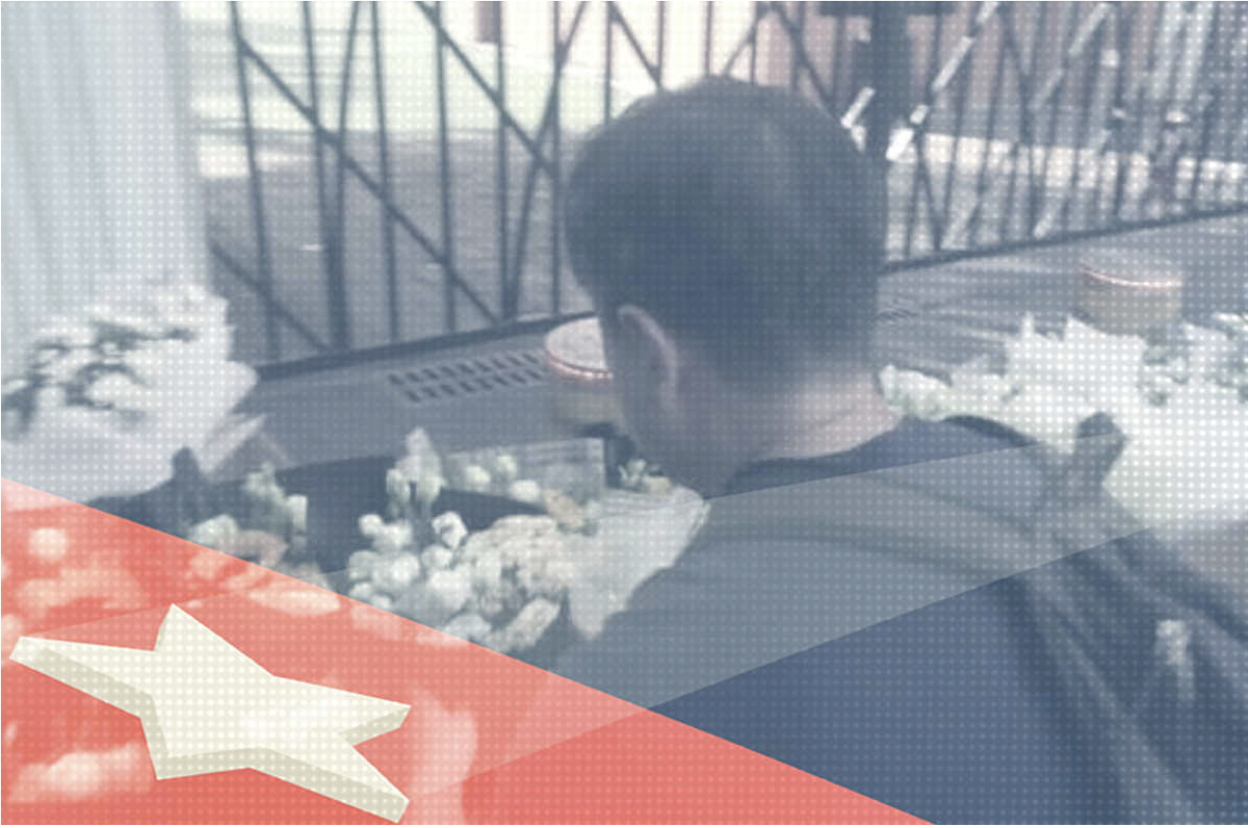- cross-posted to:
- world@lemmy.world
- china@sopuli.xyz
- cross-posted to:
- world@lemmy.world
- china@sopuli.xyz
cross-posted from: https://feddit.org/post/3148575
The brutal killing of a Japanese schoolboy in the Chinese city of Shenzhen last week has made headlines across the world. The wider context of the tragedy — that it happened on the anniversary of the “Mukden Incident” that began Japan’s invasion of China nearly a century ago, and just months after another nearly deadly attack on a Japanese mother and her child in another city — raises serious questions about how it might be linked to decades of anti-Japanese education, entertainment and cultural conditioning in China.
But these are serious questions China’s media are not asking, or cannot ask.
How the media in China have reported the incident domestically (or not) is an unfortunate reminder not just of how stringent controls have become, but also how detrimental this atmosphere has been to discussion of the darker undercurrents of contemporary Chinese society.
[…]
From the early stages of the incident, key details were missing. The police report from Shenzhen did not mention the boy’s nationality, age, or where the attack took place.
[…]
In all likelihood, reports […] were removed by the authorities because they jumped the gun, not waiting for an official news release (通稿) from Xinhua News Agency. Generally, for such sensitive stories, more compliant media know that protocol demands that they wait for official word. State media, therefore, kept silent on the issue until after Lin Jian (林剑), a spokesperson for China’s Ministry of Foreign Affairs (MFA), held a press conference late on September 18, and again on September 19.
[…]
Hunan Daily, for example, the official mouthpiece of the provincial CCP leadership in the province, quoted Lin Jian verbatim, offering no additional details or context. The same was true of Shanghai’s The Paper, published by the state-owned Shanghai United Media Group, and other provincial-level dailies such as Guizhou Daily.
[…]
The Shenzhen attack is a sensitive story on a number of fronts for China. For starters, the government — which has touted increasing foreign visits as a mark of economic turnaround — is wary of frightening away foreign tourists, businesspeople, and investors. The attack, the third high-profile assault on foreigners in China in recent months, risks undermining the leadership’s message that China is open and ready to engage again with the world following the pandemic downturn.
The attack also risks undermining the simplistic narrative, advanced by state media, that China is fundamentally a society encouraging tolerance among civilizations — which has lately been a key pillar of what the leadership calls “Xi Jinping Thought on Culture.” The case tells us that despite China’s rhetoric of civilizational tolerance, the country has its own share, like perhaps any country, of individuals capable of violent xenophobia.
But the most sensitive aspect of this story, the most dangerous question that can be asked, is why. Why is China experiencing such violent attacks, and against the Japanese in particular? The answer to that question is no doubt complex. And yet, as netizens made clear in their early, stillborn conversations on the Shenzhen attack, the role of China’s officially-encouraged culture of xenophobic ire — a culture of “toxic nationalism” — is a serious issue that needs to be addressed.
The brutal truth behind this savage attack is that this problem will not go away until the antipathy at its root, present in the media discourse of the state as much as in the heart of the attacker, can be faced head on.


